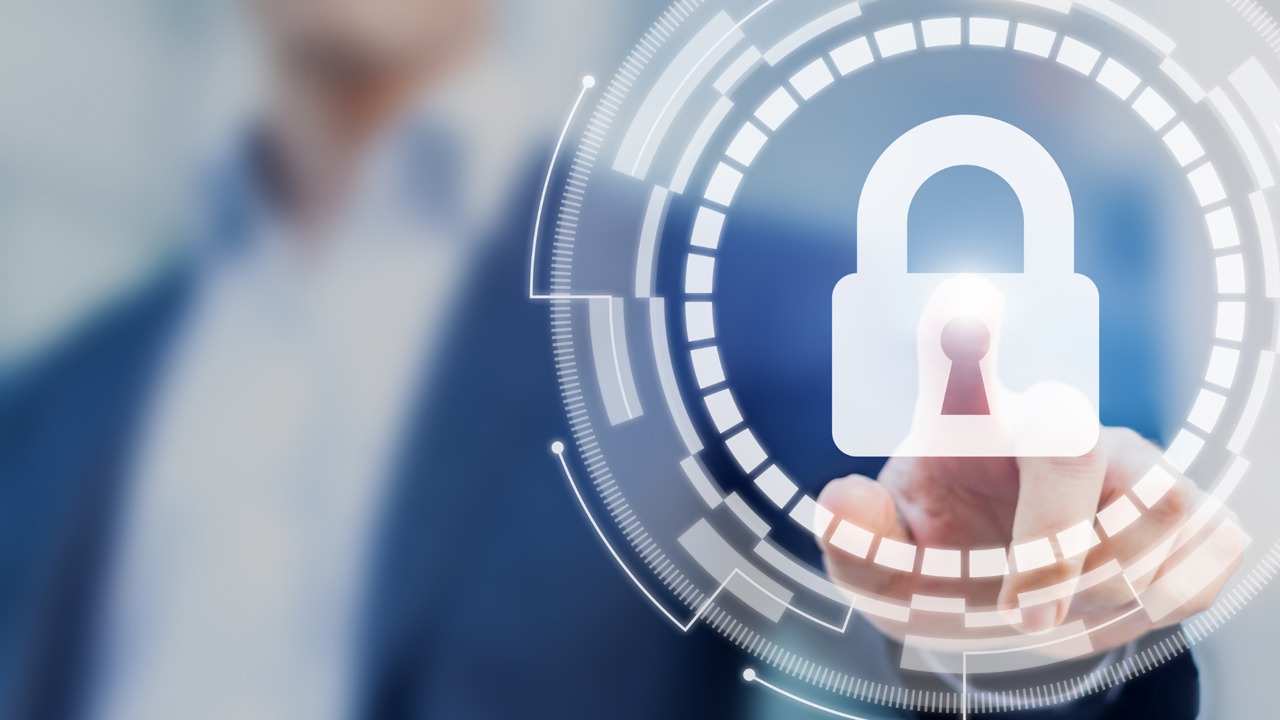
In today’s digitally connected world, ensuring robust cybersecurity is a top priority for businesses of all sizes. With the rising frequency and sophistication of cyber threats, organizations must adopt comprehensive strategies to protect their sensitive data, intellectual property, and customer information.
End-user security, in particular, plays a pivotal role in safeguarding a company’s digital assets. This blog explores the best practices for mastering end-user security, mitigating potential risks, and creating a resilient defense against cyber attacks.
What is End-User Security?
End-user security, also known as user-centric security, focuses on protecting the individual users within an organization from cyber threats and unauthorized access.
It encompasses a range of strategies and measures designed to ensure that users can access digital resources and systems securely, minimizing the risk of data breaches, cyber-attacks, and other security incidents.
Example of End-User Security in Action
Consider a scenario where an employee in a company receives an email that appears to be from a legitimate source, prompting them to click on a link to update their account information. However, this email is actually a phishing attempt, and the link leads to a malicious website designed to steal sensitive login credentials. This type of scam is called a Business Email Compromise (BEC).
If the employee falls for this scam and enters their credentials, the attacker gains unauthorized access to the company’s systems and data.
To prevent such incidents, end-user security measures come into play. Regular training and education programs can help employees recognize phishing attempts and avoid clicking on suspicious links.
Multi-factor authentication (MFA) can add an extra layer of protection by requiring users to provide additional verification beyond a password. These practices collectively strengthen the security posture of the organization, ensuring that end users become the first line of defense against cyber threats.
An Insight Into the End Users
End users are the individuals within an organization who interact with various digital platforms, applications, and devices daily. They are often the first line of defense against cyber threats.
Cybersecurity breaches can occur due to inadequate security practices, human error, or lack of awareness among end users. Therefore, it’s crucial to implement robust end-user security measures to mitigate potential risks and prevent security breaches, below are the end-user security best practices to consider.
Implement Strong Access Management
One of the foundational steps in ensuring end-user security is effective access management. This involves controlling who has access to sensitive systems, data, and applications within the organization.
Role-based access controls (RBAC) should be implemented to ensure that each user is granted access only to the resources necessary for their role. This practice minimizes the risk of unauthorized access and limits the potential damage a compromised account could cause.
Educate End Users About Cyber Threats
Education and training play a crucial role in enhancing end-user security. Regularly educating employees about cyber threats, phishing attacks, and malicious software can empower them to recognize and report suspicious activities.
Cybersecurity awareness training should cover topics such as how to identify phishing emails, the importance of strong passwords, and the dangers of sharing sensitive information online.
Enforce Strong Password Policies
Passwords are often the first line of defense against unauthorized access. Implementing strong password policies can significantly enhance end-user security.
Encourage the use of complex passwords that combine upper and lower-case letters, numbers, and special characters. Regularly updating passwords and enabling multi-factor authentication (MFA) can add an extra layer of security.
Utilize Security Tools and Software
Incorporating advanced security tools and software is essential for maintaining end-user security. Antivirus programs, anti-malware software, and firewalls can provide real-time protection against various cyber threats.
Regular software updates should also be enforced to address any known vulnerabilities and ensure the latest security patches are in place.
Foster a Culture of Cybersecurity
Creating a culture of cybersecurity within the organization is pivotal in mastering end-user security.
This involves promoting a sense of responsibility among employees to prioritize security in their daily activities. Regular reminders, newsletters, and workshops can reinforce the importance of cybersecurity and encourage a proactive approach to protecting sensitive information.
Collaborate with Security Teams
Effective communication and collaboration with the organization’s security teams are essential for end-user security. Security teams play a critical role in monitoring network activities, identifying potential security breaches, and responding promptly to incidents. Establishing clear channels of communication between end users and security teams can facilitate quick incident resolution.
Secure Mobile Devices and Remote Work
In today’s digital landscape, remote work and mobile devices have become integral parts of business operations. However, they also present unique challenges to end-user security. Ensuring that mobile devices are protected with strong passwords, encryption, and remote wipe capabilities is crucial.
Additionally, remote workers should be educated about the risks associated with public Wi-Fi networks and the importance of using virtual private networks (VPNs) for secure connections.
Regular Security Assessments and Updates
Cyber threats are constantly evolving, and new vulnerabilities can emerge at any time. Conducting regular security assessments of end-user devices, applications, and systems is essential for identifying potential weaknesses and addressing them promptly.
Regular software updates and patches should be applied to ensure that known vulnerabilities are mitigated. By staying proactive and vigilant, organizations can significantly reduce the risk of security breaches.
Master End-User Security for a Secure Digital Future
In the ever-evolving landscape of cyber threats, mastering end-user security is crucial for any organization.
By implementing strong access management, educating end users, enforcing robust password policies, utilizing security tools, fostering a cybersecurity culture, and collaborating with security teams, businesses can create a resilient defense against cyber attacks.
These best practices not only protect sensitive data but also contribute to building a secure and confident digital environment for employees and customers alike.
Boost Your End User Security with Tech Guardian Today!
As cyber threats continue to evolve, partnering with Tech Guardian provides you with the expertise and best in class tools needed to master end-user security. We can also discuss with you the end-user security best practices for better understanding and provide employee education and training.
Our team of cybersecurity professionals is committed to helping you implement robust security measures, educate your staff, and safeguard your organization against potential risks. Contact us today at 951-319-4080 to enhance your end-user security and stay ahead of cyber threats.
